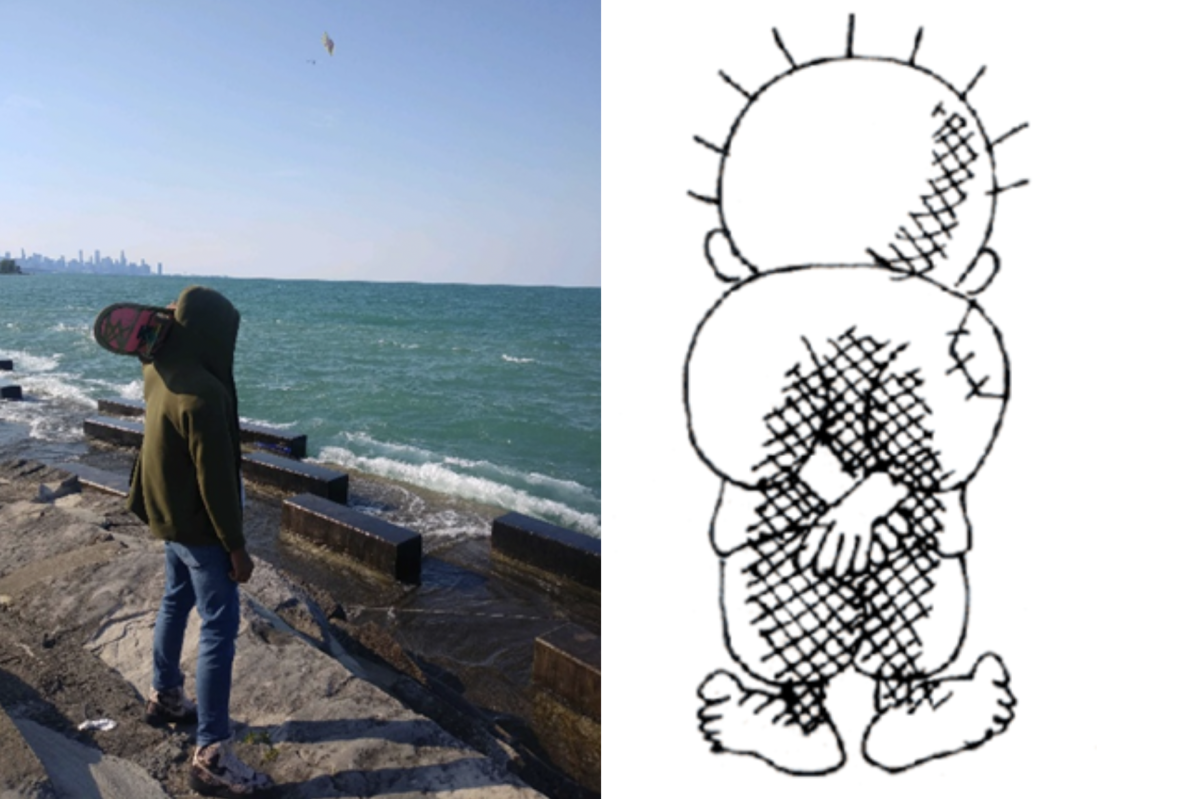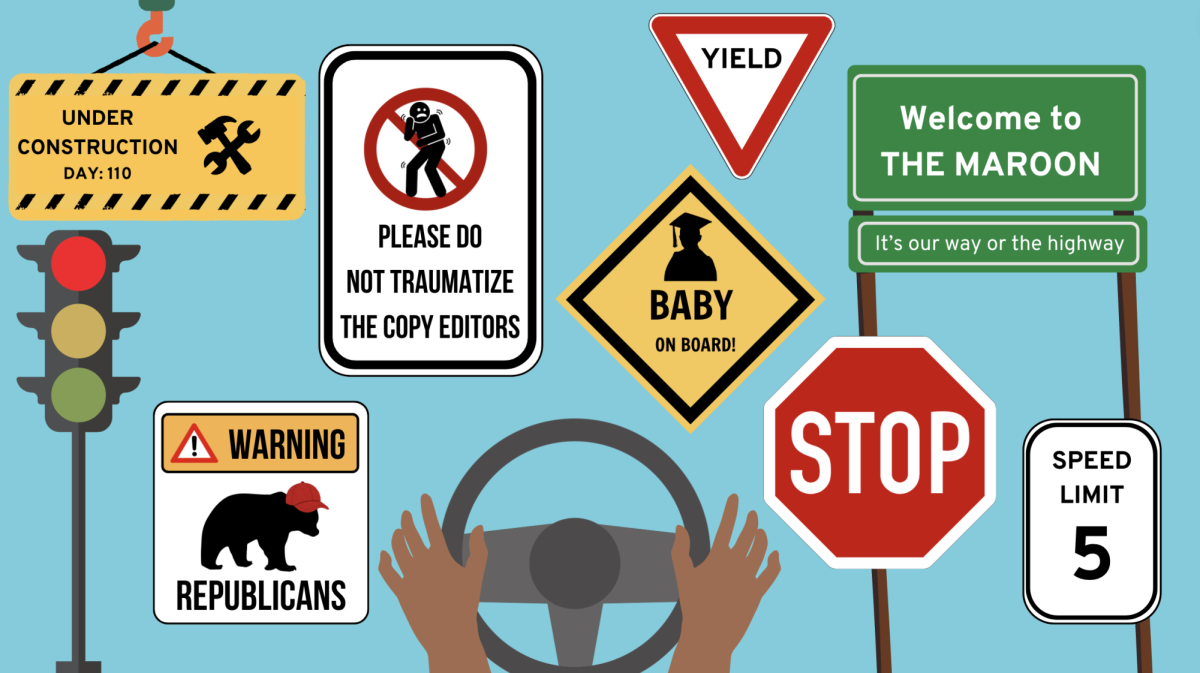Asian demographics
As a member of the Asian and Asian-American community, I am highly disappointed, but not surprised, by the letter (4/19) sent by Mr. T. R. Stratton in response to the article, “Asians are an Invisible Minority on Campus” (4/15). It is marred by misconceptions of Asian Americans in this country and at the University.
So while Stratton did correctly point out the average Asian-American household earns about $55,000 per year, this information glosses over important income inequalities. Closer inspection of the 2000 U.S. census data reveals that while ethnic groups such as the Chinese, Indians, and Koreans, are relatively successful, people from South East Asia are not. For example, Japanese and South Indian households earn on average $70,000 per year, and their Cambodian, Laotian, and Hmong counterparts only earn approximately $35,000 per year, $15, 000 less than the national average. Asian Americans are not a homogenous group—a fact Stratton, like most Americans, seem to ignore.
Inequalities also extend to the collegiate admissions. The Vietnamese, as the fourth largest Asian community in the country, has only 19.4 percent of its population attaining a bachelor’s degree, which is significantly lower than the 24.4 percent of the total American population on the same educational level. If the goal of admissions is to reflect diversity, as most colleges decree, then they have done a poor job doing so; poorer Southeast Asians and Pacific Islanders miss out on much-needed financial aid because of their lack of a “minority” status.
Arguing that “Asians” are an advantaged minority certainly ignores income disparities that exist between different Asian ethnicities, thereby obscuring the fact that poorer Asian communities do face socio-economic barriers in areas such as undergraduate and graduate admissions, as was the point in the APAGSC article.
Joel Lanceta
Third-year in the College
Responding to “Asians Are an Invisible Minority on Campus” (4/15), T. R. Stratton (4/19) argues that Asian Americans should not receive preferential treatment in college admissions due to race. He cites that Asian-American households on average earn higher incomes than even whites and thus Asians do not necessarily require “Asian affirmative action” in order to achieve admittance into institutions of higher education. Unfortunately, Stratton oversimplifies a very complex situation by inadvertently falling prey to one of the most pernicious Asian stereotypes.
Asians are not all the same. Sorry, but it’s true. Regardless of how much this revelation might detract from amusing drunken ramblings, Asians are not all cloned from each other’s ribs. The U.S. Census defined “Asian” as a group that encompasses a geographic area, which stretches from Turkey to Samoa. That’s big. But upon entering the United States, everyone is “Asian.”
And Asians are making more money than everybody else. This is a horribly misleading truism. The reality is that Chinese, Korean, Japanese, and Indian Americans are making more money than everybody else. In contrast, Laotian, Cambodian, and Hmong Americans are actually some of the poorest ethnic groups in the United States. In 2003 the poverty rate for white non-Hispanic Americans was eight percent, 10 percent for Asians, but a whopping 42 percent and 64 percent for Cambodians and Hmong respectively.
What this means is that severely underprivileged Asian groups are forced to compete in the same applicant pool with whites and highly privileged Asian groups. The result is that schools maximize their “Asian quota” by admitting the more privileged Asian groups while others are repeatedly and institutionally rejected. Does this mean that Asians, or at least certain ones, deserve their own brand of affirmative action? We can talk about that later. But let’s at least get past, “No, because they’re all doing so well.”
Richard Li







